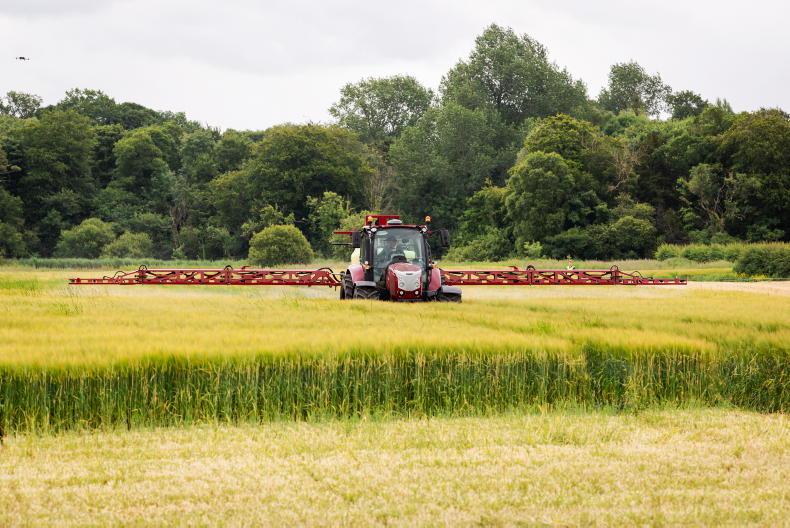The next few weeks is the ideal time to soil sample your land before any slurry or fertiliser goes out after 15 January.
Soil samples should be taken three months after any application of phosphorus (P) or potassium (K). When talking about P and K application, we have to take chemical and organic fertiliser in to consideration.
Accurate reading
You need to wait two years after spreading ground lime to really get an accurate reading on the soil pH as it will still be working in the ground.
However, I wouldn’t let this stop you from soil sampling yearly. I would just take this into account when analysing the pH results.
Given that 15 October was the closing date for spreading slurry, it will have been at least two-and-a-half months since any organic P or K has been spread and probably closer to three months for the vast majority of fields on farms.
Cut-off date
The cut-off date for spreading chemical P was 15 September so this shouldn’t be an issue.
There are no restrictions on the timing of Lime or K application on farms so it’s important to check that they have been applied over the last three months.
The results of these samples will determined your fertiliser plan for the next year and a lot of farmers who don’t soil sample regularly could be making decision on these results for the next four years.
Chemical fertiliser is also one of the highest variable costs in any grass-based system, especially the compounds such as P and K.
Ensuring these are applied to the right areas at the right rate will very quickly cover the cost of the soil samples.
Regular samples
So taking samples regularly and accurately is vital. If taking the soil samples yourself, the following points are important.
The first things to remember when sampling a field is to walk in a ‘W’ shape to get a good variation of soil from the field and avoid any gaps, wet areas, drinking troughs or feed areas.
You want to take a core that is 100mm (4in) deep.
A soil samples should be taken every 4ha.
Take a minimum of 20 soil cores and mix them together to get a representative sample to fill the box from.
Be aware that the soil sampler may get clogged in wet soil. Try to avoid sampling when soils may be waterlogged.
Ensure that the sample and a corresponding farm map are marked up correctly.










SHARING OPTIONS